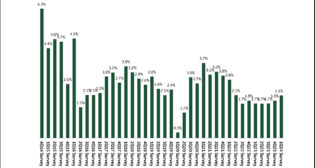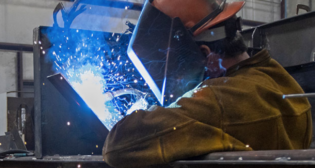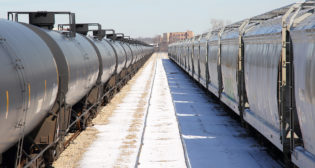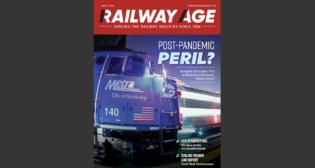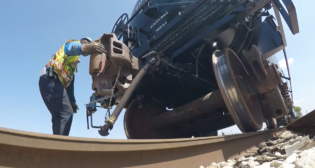
For FCA, ‘Another Strong Year of Transformation’ (Updated March 31)
Written by Marybeth Luczak, Executive Editor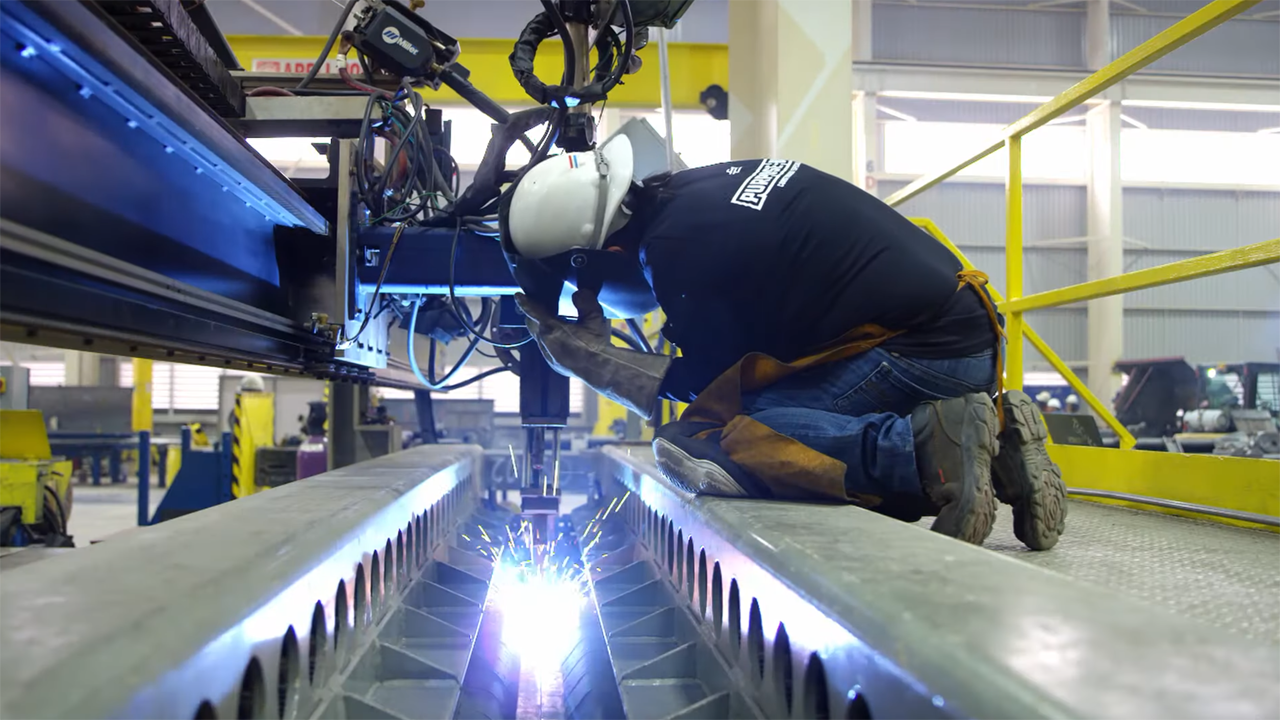
In 2022, FCA reported revenues of $364.8 million, up 79.6% from 2021’s $203 million, on deliveries of 3,184 railcars, up 83.9% from 2021’s 1,731 railcar deliveries.
While FreightCar America (FCA) finished “strong” in 2022, ramping up operations in Castaños, Mexico, and delivering 3,184 railcars, the carbuilder in the fourth quarter “continued to experience margin pressure, primarily due to supply chain issues,” President and CEO Jim Meyer said during a March 27 financial report. “These dynamics will be with us through the first quarter of this year, after which we expect to see further improvement in our financial performance.”
Fourth-Quarter 2022 Highlights
For the three-months ended Dec. 31, 2022, FCA revenues came in at $129.0 million, up 71.9% from the prior year’s $75 million, with deliveries of 1,150 railcars, up 90.4% from 2021’s deliveries of 604 railcars.
Quarter-end backlog totaled 2,445 railcars with an aggregate value of approximately $288 million. In 2021, FCA’s quarter-end backlog reached 2,323 railcars valued at about $240.2 million.
According to FCA, gross margin for fourth-quarter 2022 was 3.6% with gross profit of $4.6 million, vs. gross margin of 8.8% with gross profit of $6.6 million in fourth-quarter 2021.
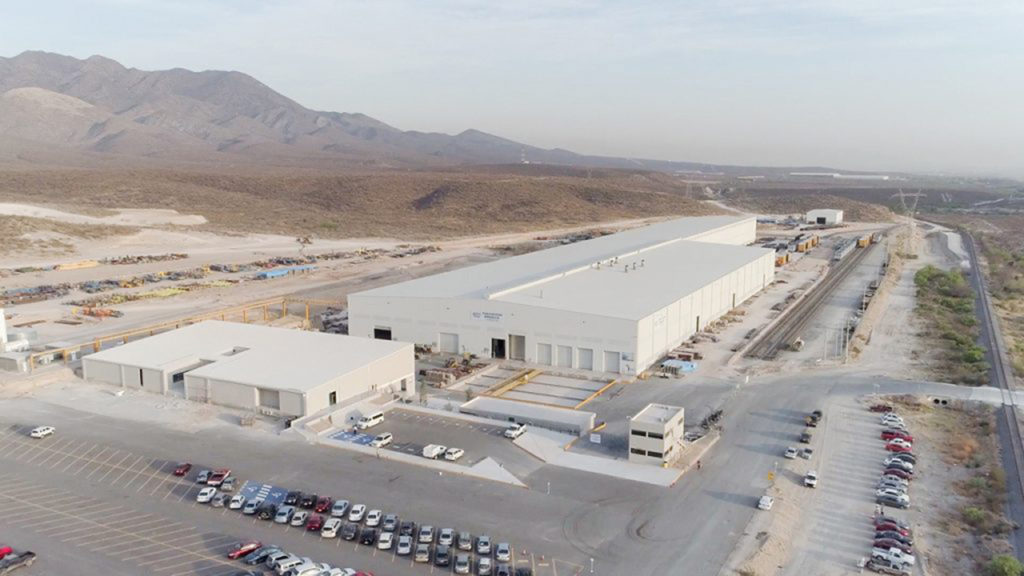
FCA reported a fourth-quarter 2022 net loss of ($9.7) million, or ($0.37) per share, and adjusted net loss of ($8.1) million, or ($0.31) per share, “accounting for primarily non-cash items including a $4.5 million impairment on leased railcars, one-time Mexican VAT costs of $1.9 million and non-cash income of $4.7 million due to the change in fair market value of the warrant liability.”
Adjusted EBITDA came in at $1.2 million, equivalent to fourth-quarter 2021.
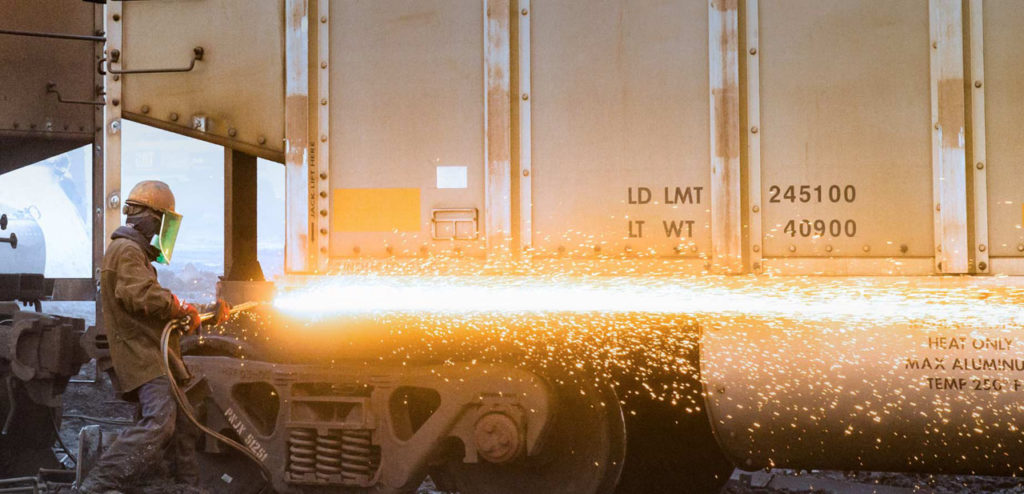
Full-Year 2022 Highlights
For fiscal-year 2022, FCA reported:
- Revenues of $364.8 million, up 79.6% from 2021’s $203 million, on deliveries of 3,184 railcars, up 83.9% from 2021’s deliveries of 1,731 railcars.
- Gross margin of 7.1% with gross profit of $25.8 million, vs. gross margin of 5.6% with gross profit of $11.5 million in fiscal-year 2021.
- Net loss of ($38.8) million, or ($1.56) per share, and adjusted net loss of ($23.5) million, or ($0.95) per share, which FCA said accounted “for primarily non-cash items including $8.1 million pension settlement loss and $4.5 million impairment on leased railcars.”
- Adjusted EBITDA of $8.4 million, compared with adjusted EBITDA loss of ($7.2) million in fiscal year 2021.
Subsequent to year end, FCA said it “issued non-convertible preferred stock with its financial partner to reduce debt and provide growth capital.”

2023-24 Outlook
FCA reported that for fiscal-year 2023, it expects revenue of $400 million-$430 million, with a year-over-year growth at midpoint of 13.8%; adjusted EBITDA of $15 million-$20 million, with a year-over-year growth at midpoint of 108.1%; and deliveries of 3,400-3,700 railcars, with a year-over-year growth at midpoint of 11.5%.
“For 2023, we believe we are equipped to execute on our well-defined growth strategy, and we have good visibility due to strong order backlog,” FCA Chief Financial Officer Mike Riordan said. “Our transformed manufacturing footprint has provided us with the needed flexibility to align our cost structure with railcar demand, and we expect improved profitability and positive operating cash flow for the second consecutive year.” He noted that the company has “taken the next step in reshaping our capital structure through a financing transaction with our current financial partner. This transaction improves our balance sheet and positions us to continue to invest in the future growth of our business.”
In 2022, “FreightCar America finished another strong year of transformation,” said Jim Meyer, who noted “[d]emand for our railcars is strong, which gives us confidence for continued growth in 2023. Including orders received since year-end, our production schedule is essentially full for this year, and we are now focused on building our order book for 2024. I am proud of our team and the tremendous transformation that is in its final stages, and we are all very excited for our future.”
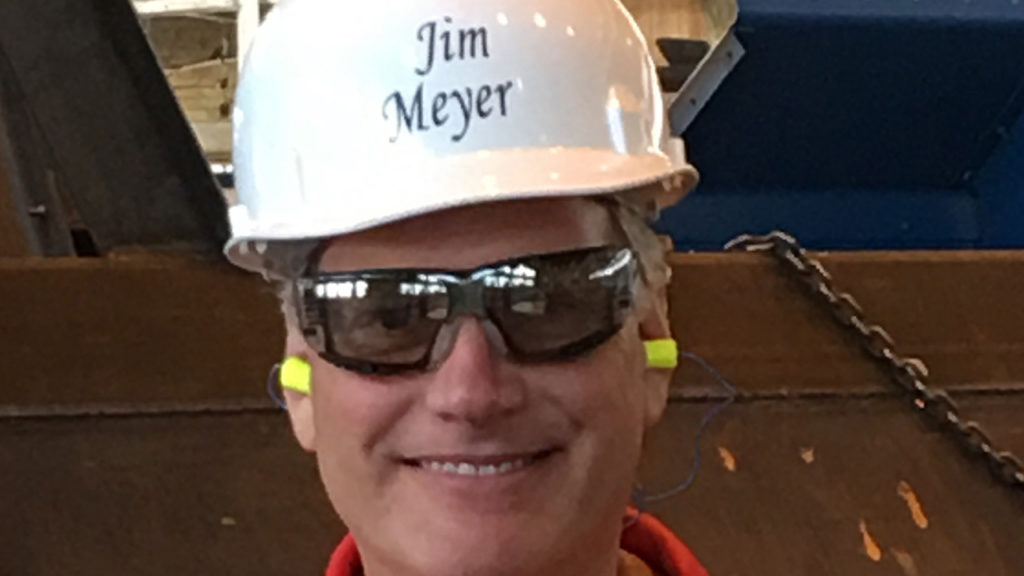
At the company’ earnings call, TD Cowen surface transportation equipment analyst Matt Elkott asked about FCA’s pending AAR tank car authorization application and what the end markets for its tank car might be. “We now have AAR approval for three tank car designs, car types that really are the core of the market, and cover a disproportionately favorable percentage of the tank car market,” Meyer said. ”Our factory is essentially full, so we don’t expect to be building tank cars in the current calendar year. In terms of how we enter it, we would like to do so in the nonhazardous cargo space—vegetable oils and other types of liquids that obviously present a significantly reduced risk profile. At this point, it’s about timing and sequencing with our other priorities, including the continued building out of the campus and how we choose best to use it near-term as well as partnering with the right customers. When we enter it, we want to believe that we’re entering and investing in it with a long-term relationship.”
“Do you think the push to move up the date for the retrofitting or replacement of non-DOT-117 cars could create opportunities in nonflammable liquid tank cars that you can take advantage of maybe next calendar year, if everybody else is busy making DOT-117J or DOT-117Rs?” Elkott continued.
“We believe regulation is likely to occur, and that will probably create some opportunities for us,” FCA Chief Commercial Officer Matt Tonn said. ”We intend to be prepared. It’s going to have an impact on demand for cars in non-hazmat service.”
